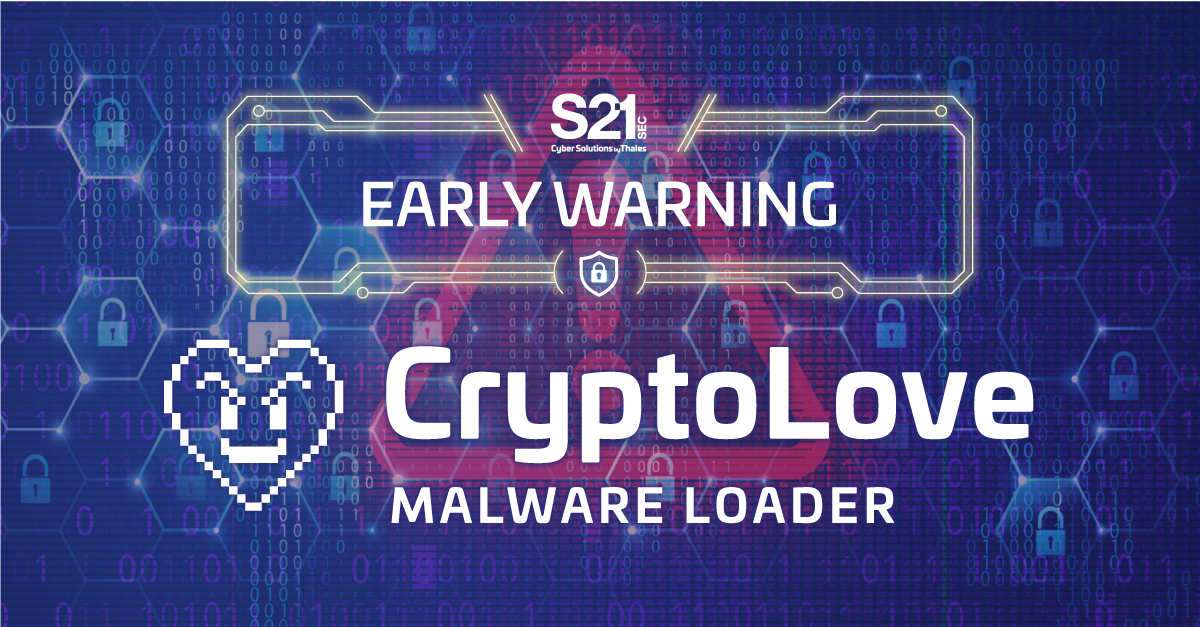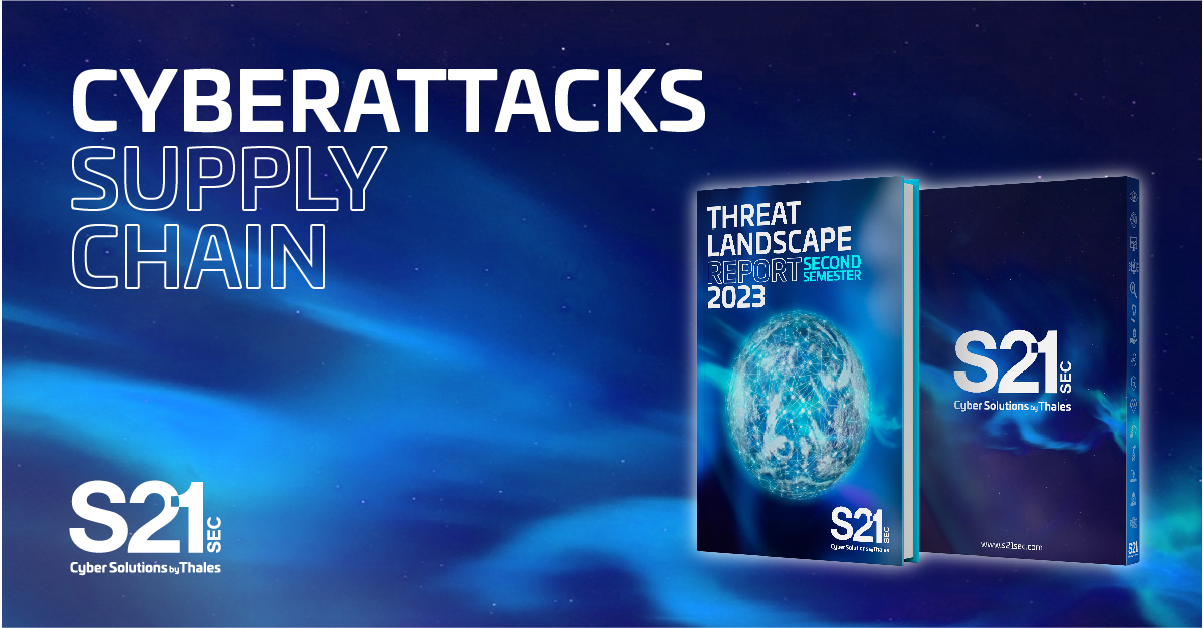The cybersecurity risks to gamers: ‘I'm introducing a Trojan’
The world of video games today is a vibrant, creative and interactive space, but it is also a gateway to cybercrime. In recent years, the sophistication of attacks and their impact on the gaming sector have grown at a worrying rate. From data theft to malware installation, the threats are diverse, and young people - often the target - don't realize the associated risks.
With millions of active players worldwide, popular gaming platforms such as Minecraft, Roblox and Among Us attract not only gamers but also cybercriminals. Between July 2023 and July 2024 alone, more than three million attempted attacks on these games were recorded, exemplifying the popularity and vulnerability of these environments. The data collected by these attacks, from personal information to payment data, has value on the digital black market, turning every player into a potential target.
Why have video games become the focus of so many threats? Part of the answer lies in ‘mods’ or third-party add-ons, which expand the gaming experience but often escape strict security controls. By allowing additional software to be developed without proper verification, platforms open the way to disguised attacks, the infamous ‘Trojans’, which can host malware or extract data without the user realizing it. This dynamic of limited control makes it easier to access the player's device, often without them realizing.
But the risks don't stop there. Cybercriminals also use this medium to contact younger users with other intentions, from extortion to manipulation, not to mention using gamers' devices for covert operations such as cryptocurrency mining. For many hackers, minors, because they generally don't have their own payment cards, are a safer and more lucrative target, as they often use their parents' payment methods.
In an increasingly interactive environment, the question is: how can players protect themselves? The answer lies in simple but essential practices. Firstly, keeping software up to date, including the operating system and antivirus, which should be configured to detect and block recent threats. Secondly, avoid downloading games and mods from unofficial sources, always preferring the websites of the manufacturers or recognized platforms. Thirdly, use strong, unique passwords for game accounts and payment platforms and, where possible, activate two-step verification.
However, it's important to stress that the video games industry must also take responsibility to minimize these risks. While it's understandable that companies promote the creation of mods and add-ons - given that this flexibility attracts many users and contributes to the success of titles like Grand Theft Auto - it would be desirable for them to implement stricter security policies to protect younger gamers.
The growth of cybercrime in the world of video games reflects the importance of more conscious and rigorous security practices. The more protected gamers are and the more informed they are about the risks, the greater the challenge for cybercriminals. Ultimately, the future of gaming is promising, but it's up to each of us to ensure that the experience remains safe and fun.



